The old Silk Road town of Leh, Ladakh
August 2017, we're heading off to Leh, northern India. The Silk Road had numerous off shoots and Leh was a major Himalayan town on the Central Asian caravan routes of northern India. Caravans would come down across the Karakoram through Kashmir and from the Chang Tang and Tibet carrying wool and salt to be traded for cotton, silk, dyes, spices and dried fruit.
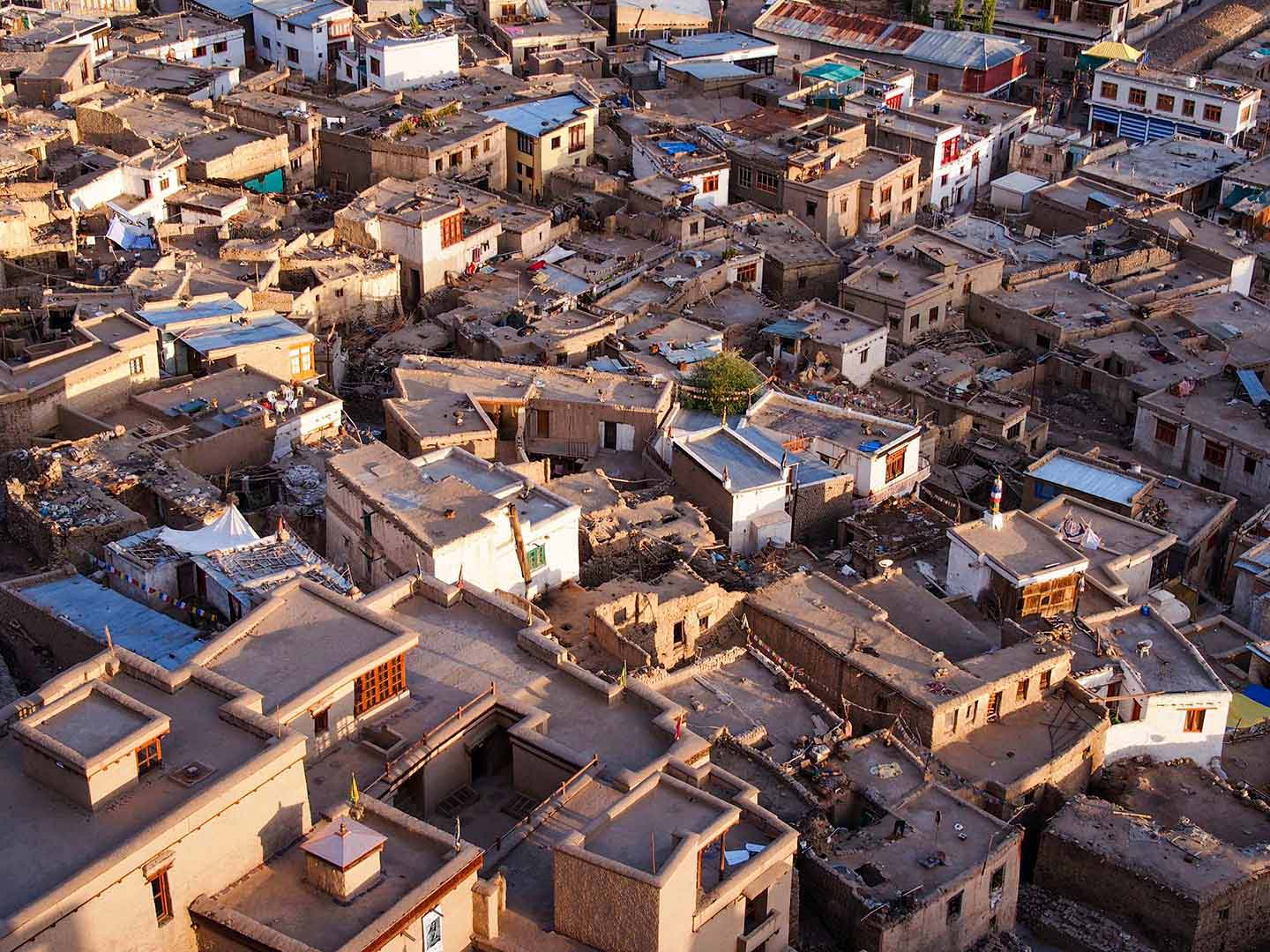

In 1949 China annexed Tibet and closed the borders to trade and travel. Salt and wool no longer comes over from Tibet and there are no formal passages. Some clandestine trading has taken place near the border to the east of lake Tso Moriri but border tensions between India and China make this area strictly out of bounds to foreigners like us. The long hoped for reopening of the pilgrim route from Ladakh to Mt Kailash in Western Tibet is still a pipe dream. The Dalai Lama often spends part of the summer here and is greeted with great devotion.


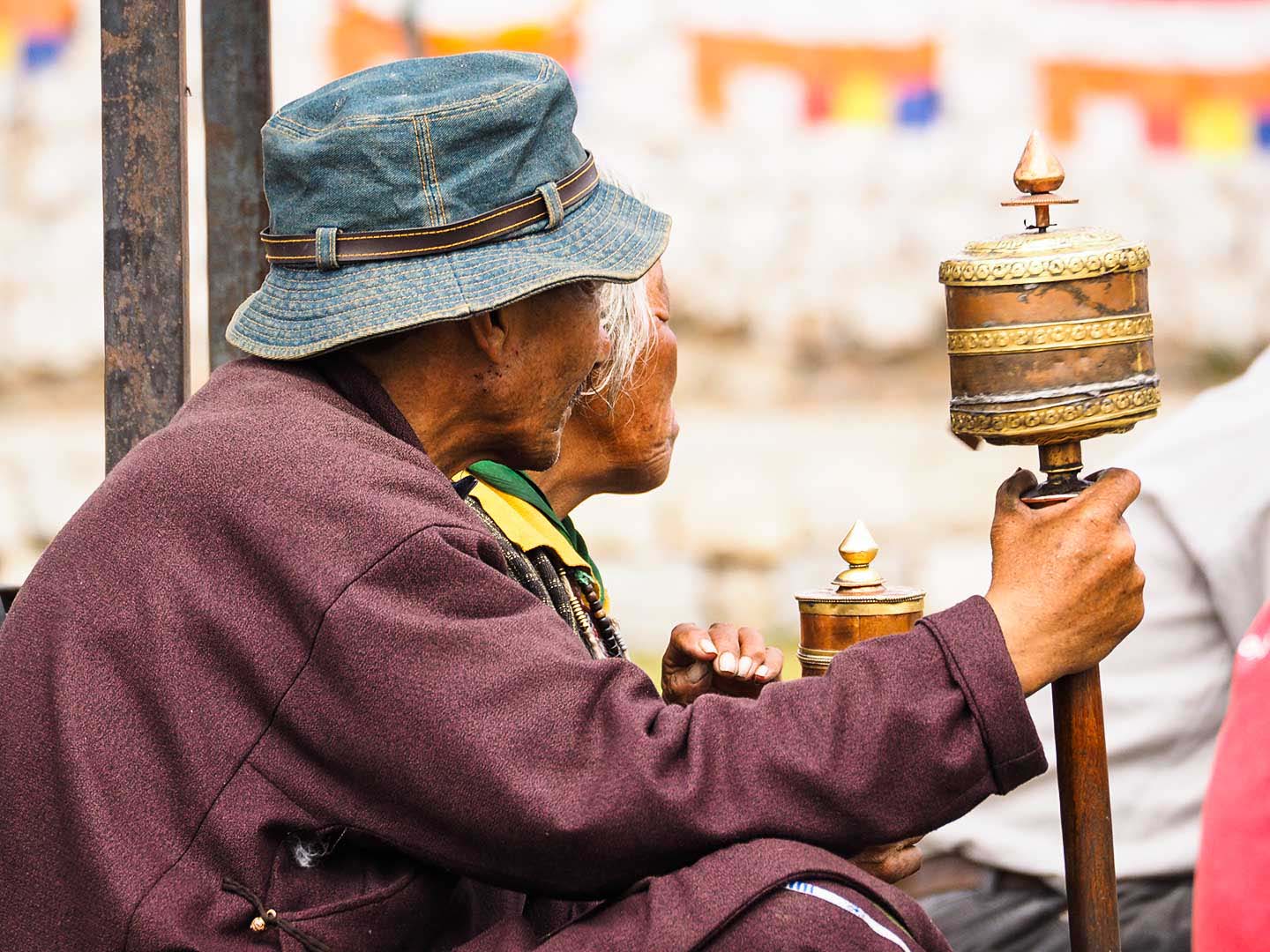

Leh itself is still a trading town, it's the only sizeable town in Ladakh and Zanskar, and the old Royal Palace indicates Leh's one time wealth, it shows a striking resemblance to the more famous Potala Palace of Lhasa. Ladakh is cut off from the rest of India by the Greater Himalayan mountain ranges, the couple of passes are only open in the short summer months. After the early sixties border war between India and China the Indian army had to build roads to access the region and the army established bases here, also used in the ongoing standoff with Pakistan. Following the new roads, Ladakh was opened to foreigners for the first time in the early seventies.


The Indus river flows by Leh making connections with river valley civilisations all the way west through to Pakistan. So as with all Silk Road connections not only trade passed these ways but religions and ideas and in Leh we find a predominant Tibetan Buddhist culture alongside a smaller percentage of Muslim traders. Further down the Indus valley the culture in Kargil, an unpopular stopover for travellers making the way overland from Kashmir, is decidedly Muslim. This year we'll trekking near the Indus valley but not pass through Kargil.
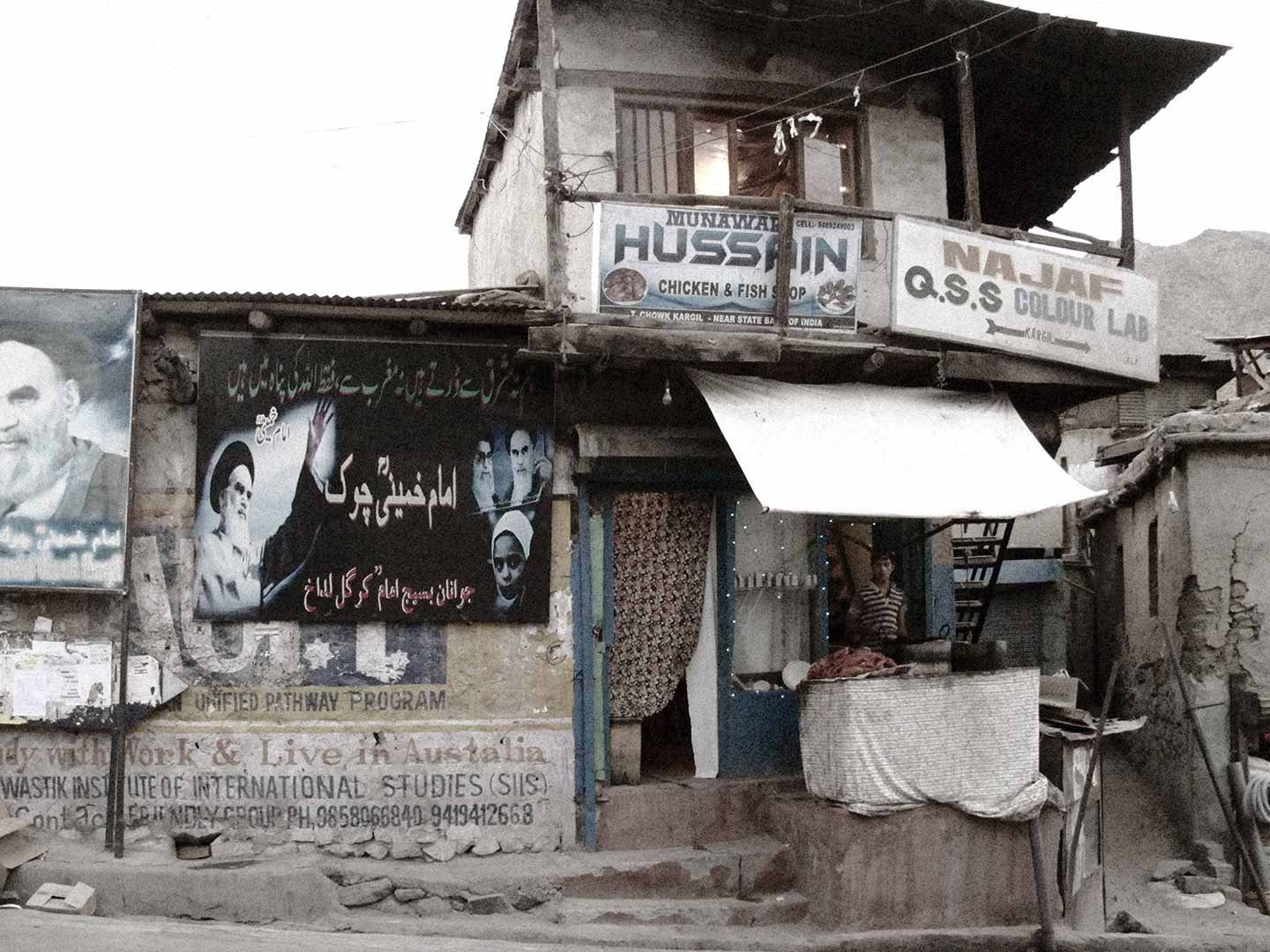

In one small area off the lower Indus valley in Ladakh there are the Dha Hanu people with very distinct customs and ancestory. They have Aryan features and, like many small other small enclaves of different peoples in the Himalaya, may be descended from Alexander the Great's armies left behind almost 2400 years ago.

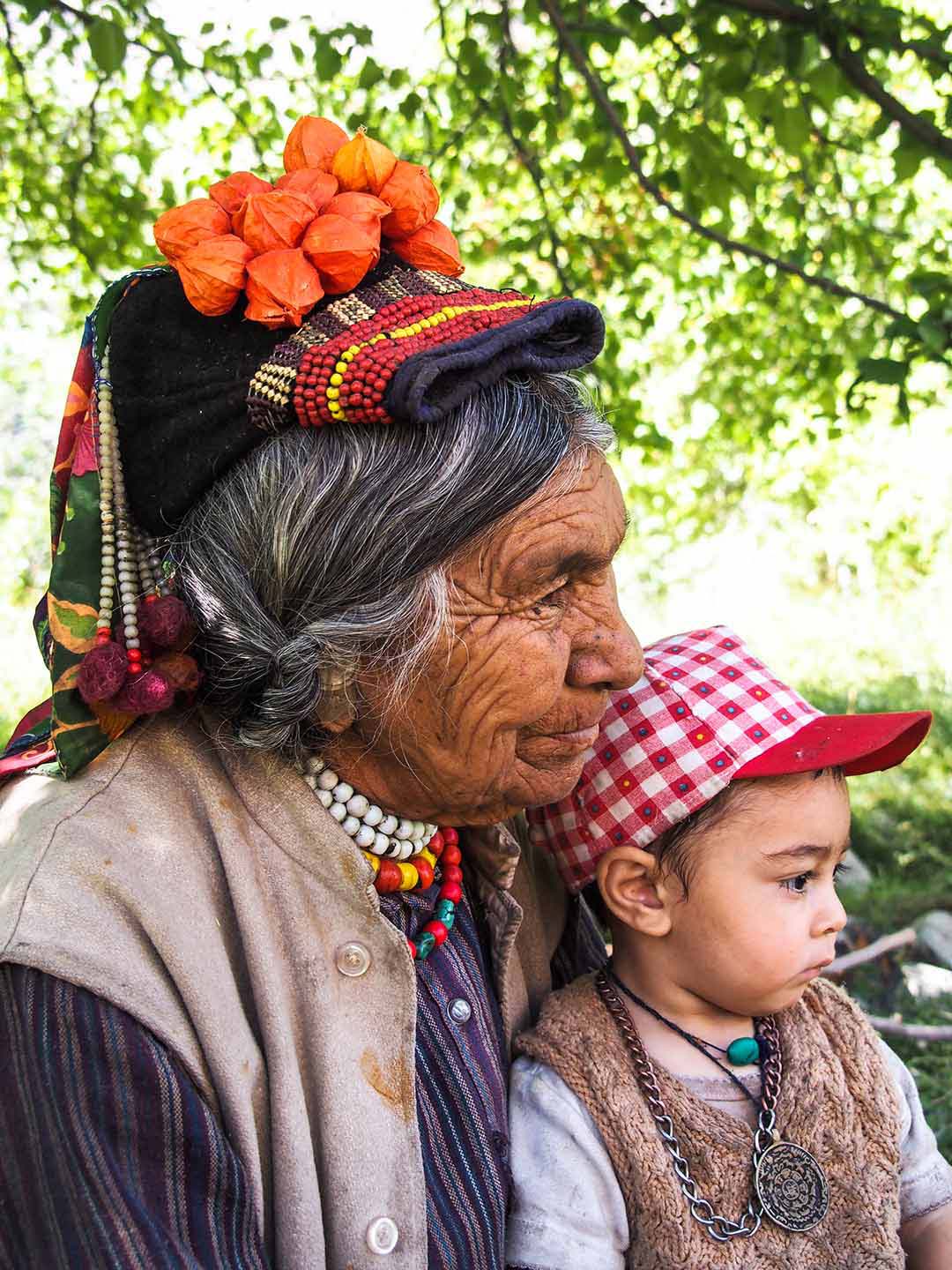
North of Leh, separate by 5000 metre passes lies the Nubra valley where you can still see dromedary camels left over from the trading days of pre 1949. Nubra is, like most of Ladakh, a high altitude desert situated at the very northern tip of India sandwiched between Pakistan and and Tibet China.
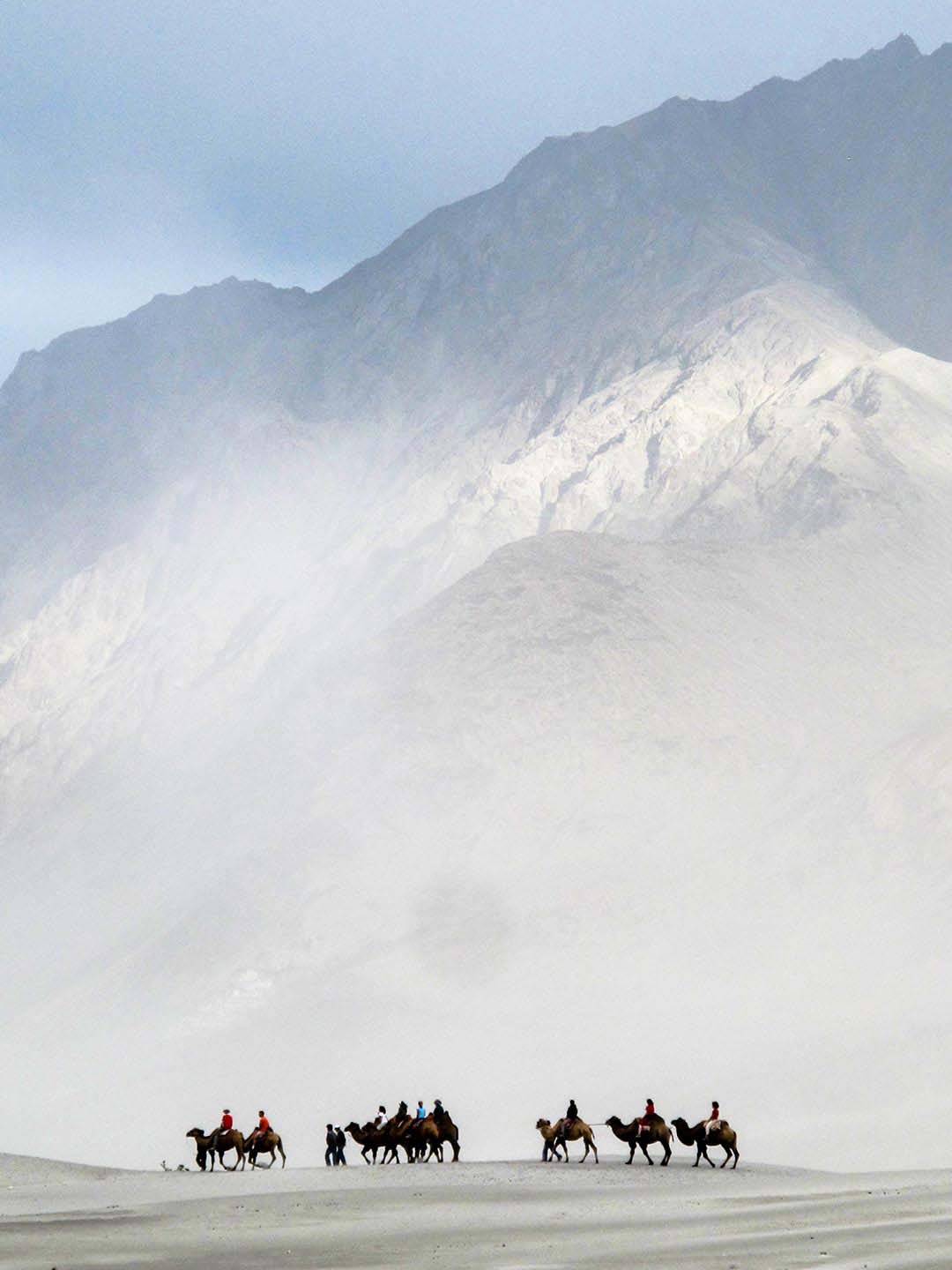
Read more about Buddhist monasteries and trekking in Ladakh and Zanskar.
